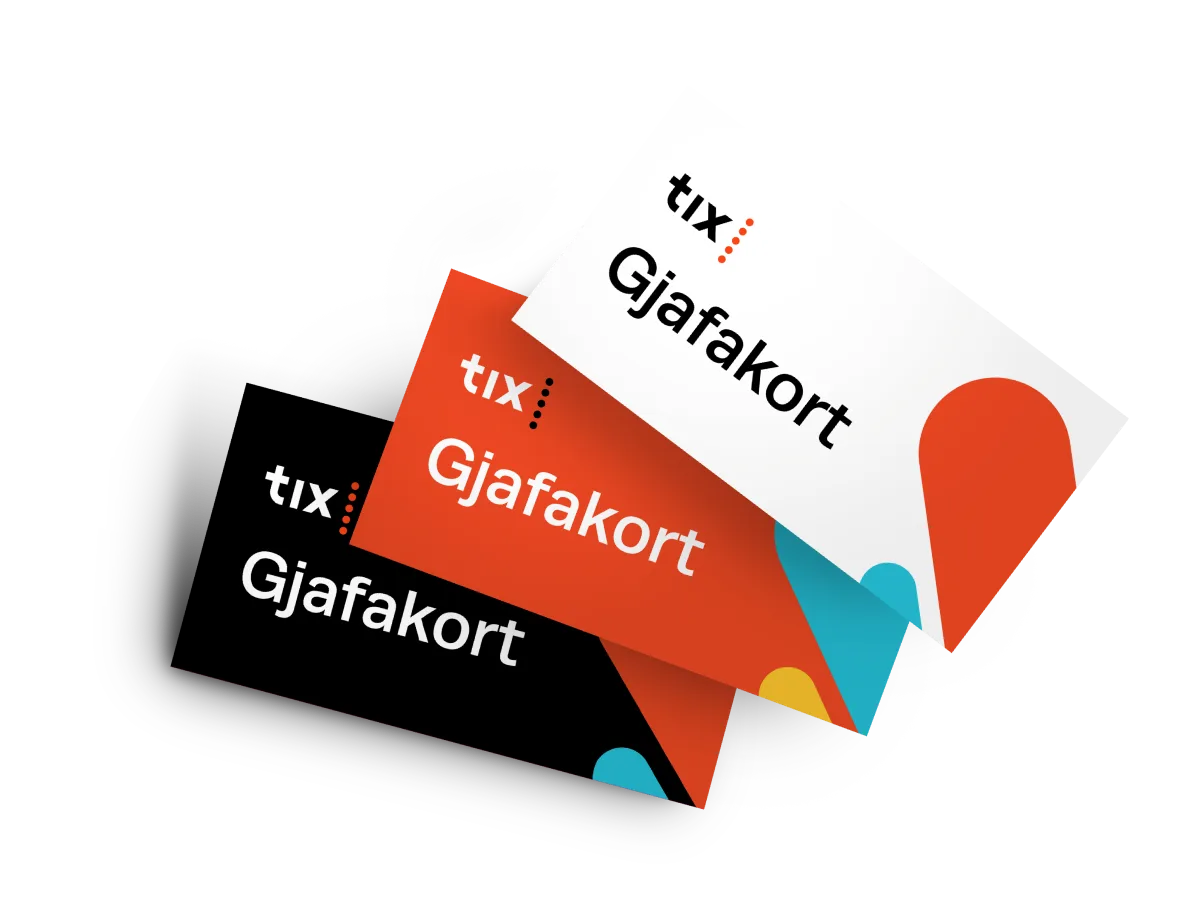Promoters & organisers
© 2025 Tix Ticketing
© 2025 Tix Ticketing

Tjarnarbíó
•
15 November
Ticket prices from
ISK 2,900




Solus Break explores solitude through rhythm and dance. The project questions our relationship to groove: what makes us want to move? How does the body interpret a musical pulse? Drawing from a variety of genres; hip-hop, techno, jungle, drum and bass; the choreography becomes an intimate dialogue between rhythm and movement. It all begins with the art of sampling, especially the iconic Amen Break, a six-second drum solo that shaped entire musical styles. Like this sample, my body carries memory, an ever-evolving identity. My journey between hip-hop culture and the club scene led me to create a dance influenced by breakbeat: syncopated, unpredictable, and intense.
Alone on stage, I revisit musical and physical memories, using my voice like a sample and letting sound guide my gestures. Each movement becomes a fragment, a memory, an homage. Solus Break is an attempt to map how music moves through us, transforms us, and connects us.
About the artist
I am a choreographer and performer with the company Dikie Istorii, which I founded in 2017. My background is rooted in hip-hop, both in terms of movement and music. I later joined the Conservatoire Supérieur de Musique et de Danse in Lyon to study contemporary dance, which opened up my interest in the relationship between sound and the body. In my work, music plays a central role in the creative process and is often performed live. I have a deep passion for electronic music, from noise, rock, and punk to bass music, hip-hop, trap, jungle, and techno. My experience performing with street arts companies led me to question the public space, its architecture, soundscape, and the immediate relationship with the audience. I enjoy challenging the spectator's role by creating immersive setups that reframe the performance space,sometimes through direct interaction, other times by breaking the traditional frontality. The themes I explore vary from year to year, inspired by social and philosophical topics, as well as music, books, exhibitions, films, and physical research.
This has led to several works:
ILS (2018), a piece for three dancers and a live musician, created for public spaces, centered around slowness; No Pasaran (2020), an immersive piece exploring uprisings, riots, and crowd movements, featuring five performers including two live musicians, with the audience placed at the heart of the action. More recently, I’ve been exploring the notion of solitude, Solus Break, within festive environments, through the lens of rhythmic identity. I approach sampling as a form of memory, both individual and collective, and as a tool for transformation and evolution in music, dance, and culture.
What makes us move ? What kind of groove ? What gestures arise from it ?

